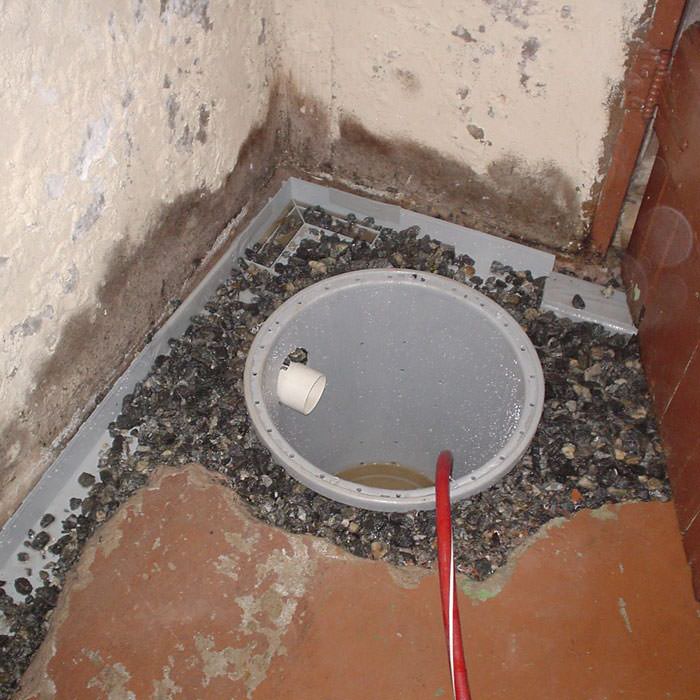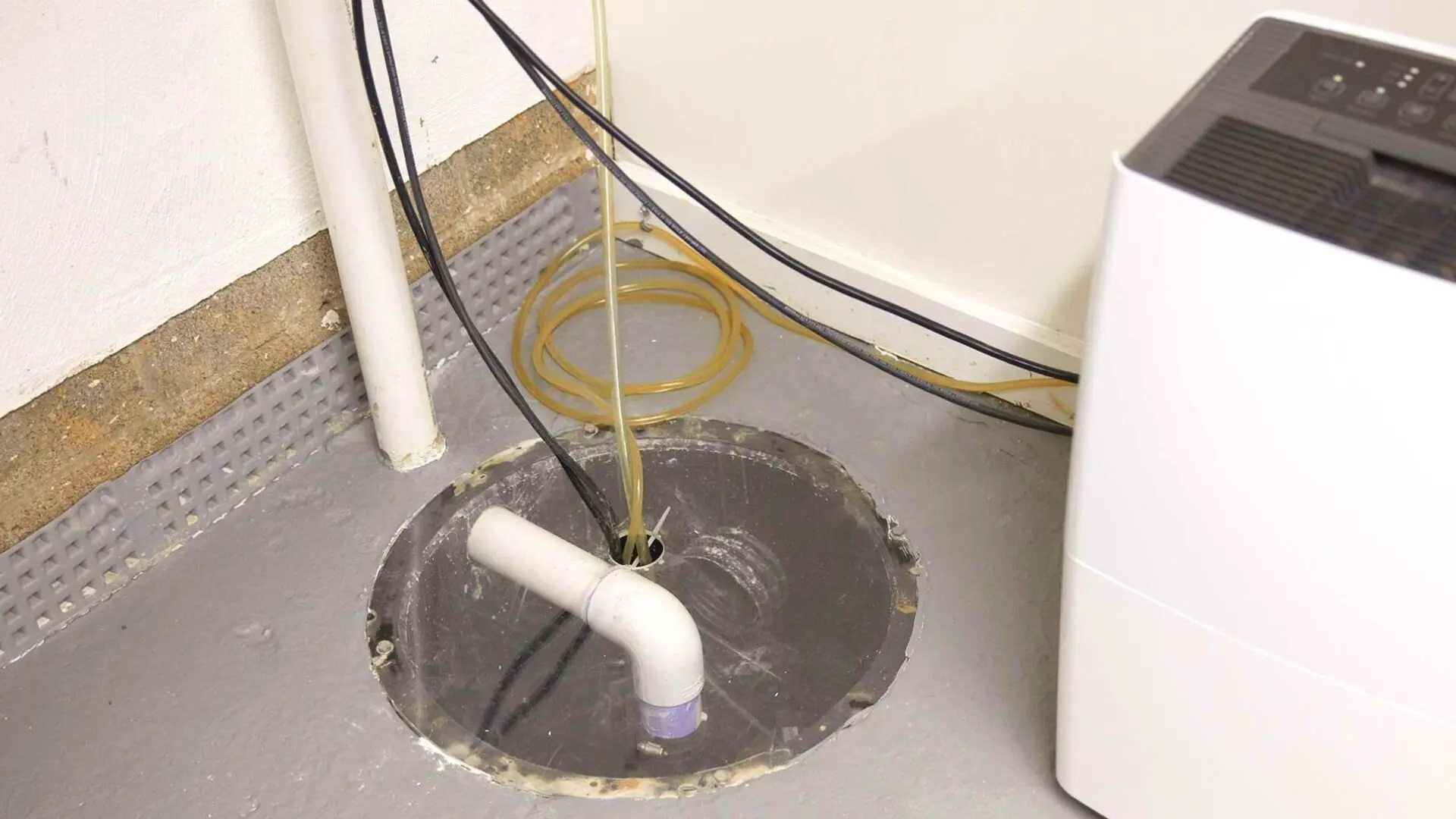Top Techniques for Taking Care of a Sump Pump
Top Techniques for Taking Care of a Sump Pump
Blog Article
Are you currently in search of help about Cleaning & Maintenance Tips for Your Home's Sump Pump?

Sump pumps are important parts in many homes, specifically in locations susceptible to flooding or excessive moisture. They aid stop water damage by successfully eliminating excess water from cellars or crawl spaces. However, like any other device, sump pumps need regular upkeep to ensure they operate properly when needed the most. Cleansing your sump pump is a crucial part of its maintenance, and comprehending just how to do it properly can save you from costly repair work and potential disasters.
Introduction
Maintaining a tidy sump pump is vital for its proper functioning and long life. Disregarding this crucial job can result in obstructions, breakdowns, and ultimately, water damages to your home. Therefore, discovering exactly how to clean up a sump pump is essential for home owners who depend on these tools to keep their cellars dry and secured.
Indicators of a Dirty Sump Pump
Knowing when your sump pump needs cleaning is critical for protecting against potential breakdowns. Some common signs that indicate a dirty sump pump include unusual sounds throughout operation, decreased water flow, and noticeable particles in the pit. If you notice any one of these symptoms, it's essential to cleanse your sump pump promptly to avoid any further concerns.
Preparing for Cleansing
Prior to you start cleansing your sump pump, it's important to take some safety and security precautions. Begin by shutting off the power to the pump to avoid any kind of electric accidents. In addition, put on suitable protective equipment, such as gloves and goggles, to shield yourself from dust, debris, and prospective microorganisms.
Recognizing the Sump Pump
Prior to diving right into the cleaning process, it's vital to have a standard understanding of just how a sump pump functions. Commonly mounted in a pit or container below the cellar flooring, a sump pump includes several key components, consisting of a pump, a float switch, and a discharge pipeline. When water gathers in the pit, the float switch turns on the pump, which then pumps the water out via the discharge pipe, far from the structure's foundation.
Step-by-step Overview to Cleaning a Sump Pump
Shutting Off the Power
Begin by separating the power supply to the sump pump to prevent any accidents while cleaning.
Looking For Proper Performance
Before reinstalling the pump, execute a quick examination to make sure that the float button activates the pump appropriately. Put some water right into the sump pit and observe the pump's procedure. If whatever is working appropriately, you can rebuild the pump and reconnect the power supply.
Getting Rid Of Particles and Dirt
Utilize a container or a scoop to get rid of any type of visible debris, dirt, or debris from the sump pit. Dispose of the debris appropriately to avoid it from clogging the pump or the discharge pipe.
Cleansing the Pump and Float Switch Over
When the pit is free from debris, thoroughly remove the pump from the pit. Examine the pump and the float button for any kind of indications of damages or wear. Use a soft brush or towel to clean the surfaces and remove any type of built up gunk.
Flushing the System
After cleaning up the pump and float switch, flush the sump pit with clean water to remove any kind of remaining dust or debris. This will certainly assist make certain that the pump operates smoothly and efficiently.
Upkeep Tips to Keep Your Sump Pump Clean
In addition to routine cleansing, there are several maintenance ideas you can follow to keep your sump pump in optimum condition:
Verdict
Cleansing your sump pump is an essential aspect of its maintenance and guarantees that it runs effectively when you need it one of the most. By following the actions laid out in this overview and incorporating routine upkeep into your regimen, you can prolong the lifespan of your sump pump and protect your home from water damages.
6 STEPS ON HOW TO CLEAN A SUMP PUMP PROPERLY
UNDERSTANDING SUMP PUMPS
Your sump pump plays a crucial role in protecting your home by managing and removing excess water. It primarily functions as a “shield”, guarding your basement against the damaging effects of water accumulation. The pump is housed in a sump pit in the lowest part of your basement, and its job is to pump out any water that collects there.
During heavy rainfalls or when snow melts rapidly, water can infiltrate your basement, posing potential risks like flooding, structural damage, and harmful mold growth. Here, the sump pump springs into action, pumping out the intruding water and directing it away from your home.
SAFETY FIRST
Before cleaning, remember to prioritize safety. Disconnect the sump pump from the power source to prevent any accidental electric shocks. Also, wear sturdy gloves to protect your hands from any sharp or dirty components within the pump.
REMOVE THE SUMP PUMP
After ensuring your safety, the next step is to remove the sump pump from its pit. Doing this might require careful maneuvering as you don’t want to damage any pump components. Once removed, clean the sump pit to remove any accumulated debris or sludge.
INSPECT THE PUMP
Inspect the pump for any visible signs of wear or damage. Check the power cord, float switch, and impeller housing. If any components look worn out or damaged, consider replacing them to ensure optimal performance.
CLEAN THE PUMP
Thoroughly clean the pump with warm, soapy water. Make sure to rid it of any dirt, gravel, or other debris that might impede its performance. You can use a toothbrush to clean the small, hard-to-reach parts of the pump.
REINSTALL THE SUMP PUMP
Reinstall the pump into the sump pit Make sure it’s positioned correctly to remove the water effectively Once it’s back in place, reconnect it to the power source TEST THE PUMP
Finally, pour some water into the pit to ensure the pump works correctly. It should start automatically and begin pumping out the water; if it doesn’t, check the power source and the positioning of the pump.
Remember, while cleaning your sump pump is an essential part of home maintenance, hiring a professional plumber for a thorough inspection and cleaning at least once a year is also important. This will ensure that your pump is in optimal condition, ready to protect your home from potential water damage.
BEST PRACTICES FOR CLEANING SUMP PUMP DISCHARGE PIPES
Regular Inspection: Regularly inspect your discharge pipes, especially during heavy rainfall or snowmelt periods. Look for any signs of blockage or damage. Early detection of problems can prevent serious issues down the line. Periodic Cleaning: Over time, sediment and debris can accumulate in the discharge pipes, impeding the flow of water. Regular cleaning helps keep the pipes clear and functioning efficiently. You can use a high-pressure water jet to effectively clean the pipes. Insulation During Winter: In colder climates, discharge pipes can freeze, blocking the outflow of water. Protect your discharge pipes from freezing temperatures by insulating them with foam pipe insulation. This will ensure the sump pump can continue to discharge water even in freezing conditions. Proper Positioning: The discharge pipe should be positioned to direct water away from your home’s foundation. Improper positioning can lead to water seeping back into the basement. Ensure the pipe is long enough and angled correctly. Installation of a Check Valve: A check valve prevents water from flowing back into your sump pit after the pump has pushed it out. Installing a check valve helps maintain the efficiency of your sump pump and reduces the risk of flooding. Minimize Pipe Turns: Every curve or turn in the discharge pipe can decrease the efficiency of water flow. By minimizing turns and bends in your discharge pipe, you can increase the efficiency of your sump pump. https://www.fullspeedplumbing.com/how-to-clean-a-sump-pump-properly9999/

Hopefully you enjoyed our article on Keep Your Sump Pump Clean, It'll Keep You Dry. Thank you so much for spending some time to browse our content. Be sure to take the opportunity to share this content if you enjoyed it. I praise you for being here. Revisit us soon.
Show Details Report this page